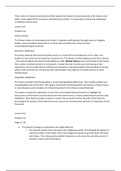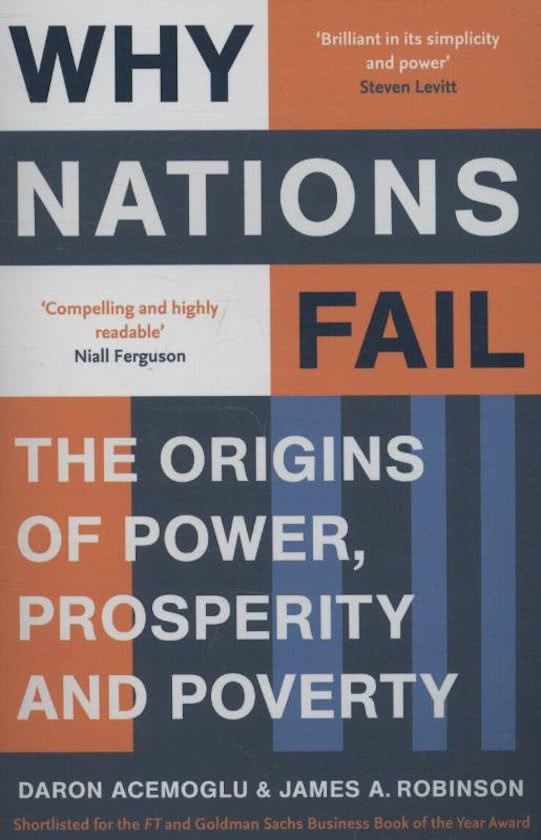Study guide
Why Nations Fail Intensive Summaries
- Course
- Institution
- Book
Intensive summaries of all the necessary chapters of Why Nations Fail. These notes provide context, definitions, important dates and key people. They also highlight the readings that will boost your studies, allowing you to pass with ease.
[Show more]




